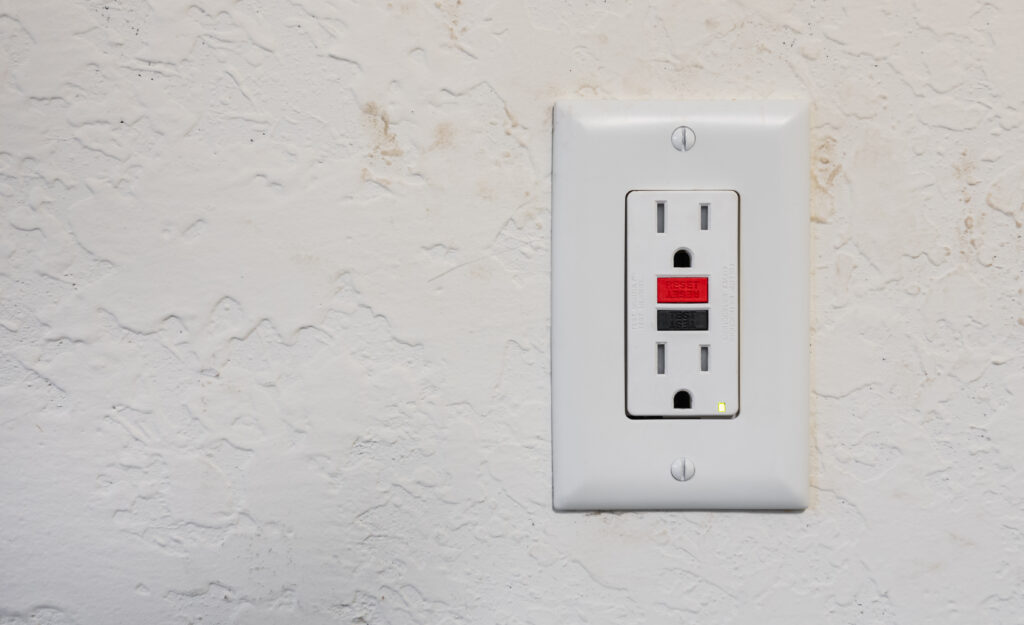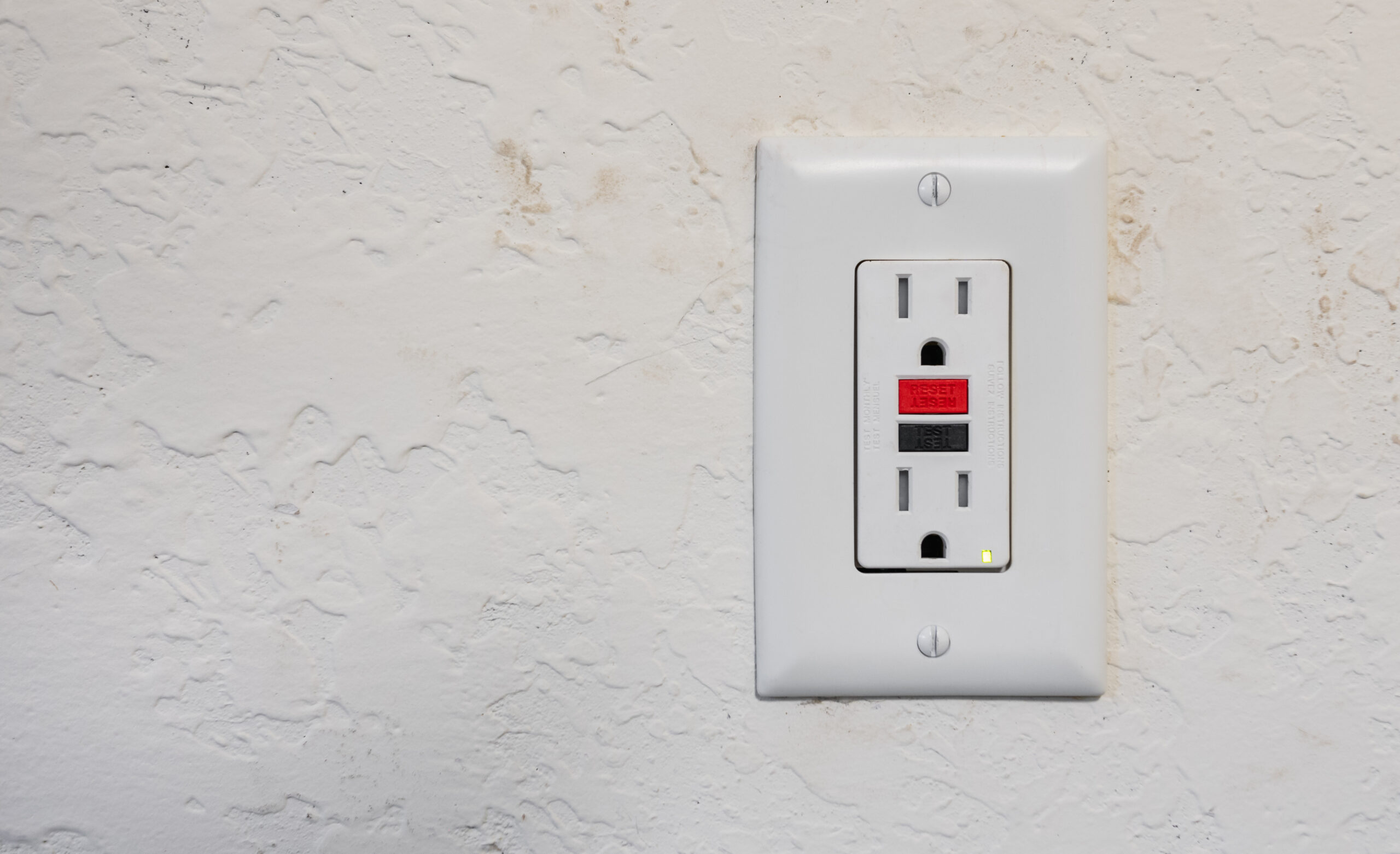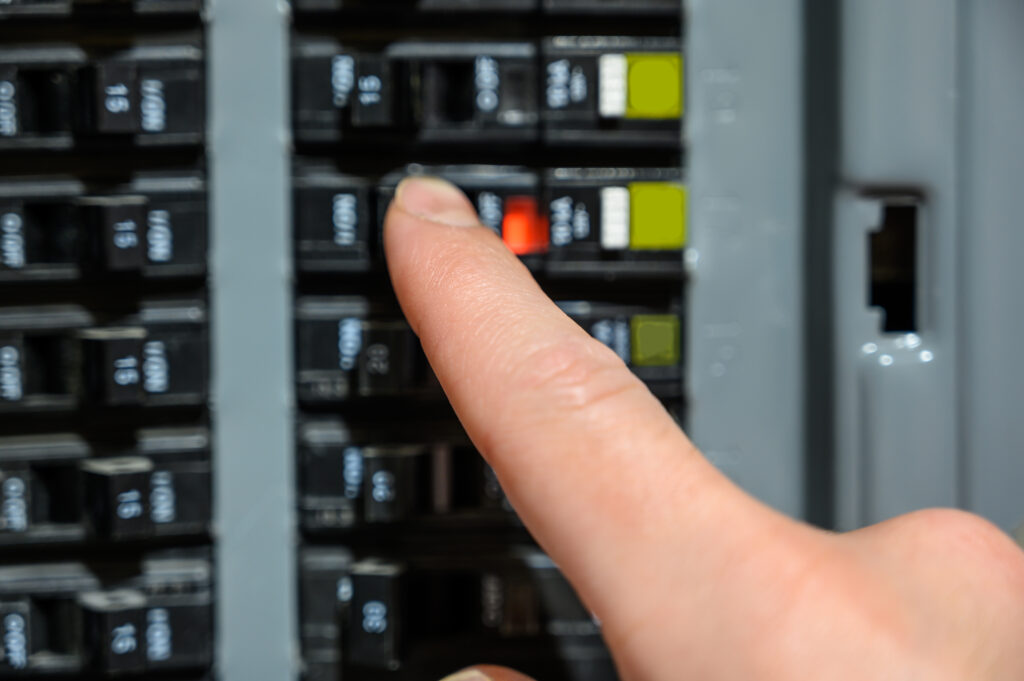What the Green Light on Your GFCI Outlet Really Means (And Why It Matters)
You’ve probably seen it—maybe in your bathroom or kitchen or behind that one pesky appliance that never quite sits flush against the wall—a little outlet with two buttons (usually labeled “RESET” and “TEST”) and a glowing green light. Or is it off? Maybe it’s red? Anyway, you’ve noticed it, and maybe you’ve even pushed those buttons once or twice because… why not? That, my friend, is a GFCI outlet. It’s a small but mighty protector of your home, and yes, that green light matters more than you’d think.
What is a GFCI Outlet?
The term GFCI stands for Ground Fault Circuit Interrupter. It’s a mouthful, but the concept behind it is clearer than you think. In essence, GFCI outlets are designed to prevent electrical shocks by monitoring the flow of electricity through a circuit. If it senses an imbalance—like electricity running through water or a person (yikes)—it cuts off power in a fraction of a second. Kind of like a bouncer at an exclusive club who notices something is off and immediately steps in. This makes GFCI outlets essential in areas near water: kitchens, bathrooms, garages, basements, laundry rooms, even outdoors.
How the GFCI Outlet Works
The GFCI function works by constantly comparing the amount of electricity flowing into the circuit with the amount flowing back. So if you plug in a hairdryer and it’s drawing, say, 5 amps in and pushes 5 amps back out—perfect, everything’s in check. But let’s say there’s a frayed wire and some electricity is leaking into a puddle or the wall—well, now only 4.5 amps come back. That 0.5-amp difference is enough to trigger the GFCI to cut the circuit. It might not seem like much, but even tiny shocks can be harmful or fatal, and this little device could literally save your life. It reacts faster than you can blink—around 1/40th of a second. Yeah, fast.
Why the Green Light Is So Important
Okay, so you noticed that green light, right? That’s good news. It means your GFCI is working properly. Most modern GFCI receptacles include an indicator light to confirm their status. Green = things are functioning as they should. If the light is off or red, on the other hand, you may have a problem. It could mean the outlet isn’t grounded (more on that shortly), the internal protection isn’t working anymore—basically, the GFCI may not protect you when you need it most. That’s why it’s super important to regularly test your GFCI outlets. Push that little “TEST” button, then “RESET”—it’ll briefly shut off power, then restore it. If it doesn’t, time to call in a pro. Or at least text that friend who claims they understand home wiring. (You know the one.)
Understanding Proper Grounding in GFCI Outlets
This is where things get a little more technical, but stay with me. Grounding is basically the backup safety layer in your home’s electrical system. When an electrical system is properly grounded, excess electricity (like from a surge) is safely directed into the ground, rather than zapping anyone in its path. Now, here’s the kicker: a GFCI outlet doesn’t actually need a ground wire to function. It protects you based on current imbalance, not grounding. However, if the outlet is supposed to be grounded and isn’t—yeah, that’s a problem. Some GFCI models won’t even power on if they detect poor or missing grounding, and guess what? That green light might not show up. So if you’re installing or replacing a GFCI, double check with a tester or hire an electrician to ensure proper grounding. Safety first, always.
The Pros of Using GFCI Outlets in Your Home
Honestly, the case for GFCIs is pretty compelling. First off, they literally protect you from electrocution. That alone should make them non-negotiable in any area where moisture and electricity live together (and not in harmony). Second, they offer early warnings signs—you’ll see the red or amber light if something’s not right, rather than finding out the hard way when your toaster sizzles. Modern models also feature built-in self-testing, offering peace of mind without constant manual checks. Plus, installing or upgrading to GFCI outlets can help you stay up to code, especially if you’re remodeling or prepping to sell. And let’s be real: when a home inspection happens, you don’t want basic stuff like outlets adding stress to the process.
Common Drawbacks (And How to Handle Them)
Alright, full disclosure. GFCI outlets aren’t perfect. One occasional hassle? Nuisance tripping. That’s when the outlet cuts off power, even if everything seems fine. This can be caused by appliances with motors (like blenders) or older wiring setups. It’s not dangerous, but it’s annoying. Another common gripe: they wear out. Like most devices, GFCIs have a lifespan—typically 7–10 years. After that, they can fail silently unless you manually test them. Climate and usage can speed this up too. If the outlet is in a humid bathroom and you’ve had it since… who knows when—yeah, time to think about a replacement. Honestly, this is the kind of thing a home warranty from a solid company like Armadillo would definitely cover, saving you both hassle and money.
Protect What Powers Your Life With Armadillo
At the end of the day, understanding your home’s systems—even if it’s just a little green light on an outlet—helps you stay safer, smarter, and more prepared. GFCI outlets are small but essential, especially in the most lived-in, mess-prone parts of your home. And while they’re not infallible, they’re also not all that hard to maintain once you know what to look for. That’s where we come in. At Armadillo, we know homes are full of moving parts—some that glow green when they’re happy. That’s why we offer modern home warranty plans tailored to the stuff you actually use, from electrical systems to appliances. If your GFCI fails, or your panel needs replacing, we’ve got you. Check us out at Armadillo.one or jump in and build your plan at our plan builder. Peace of mind really can be that easy.


























